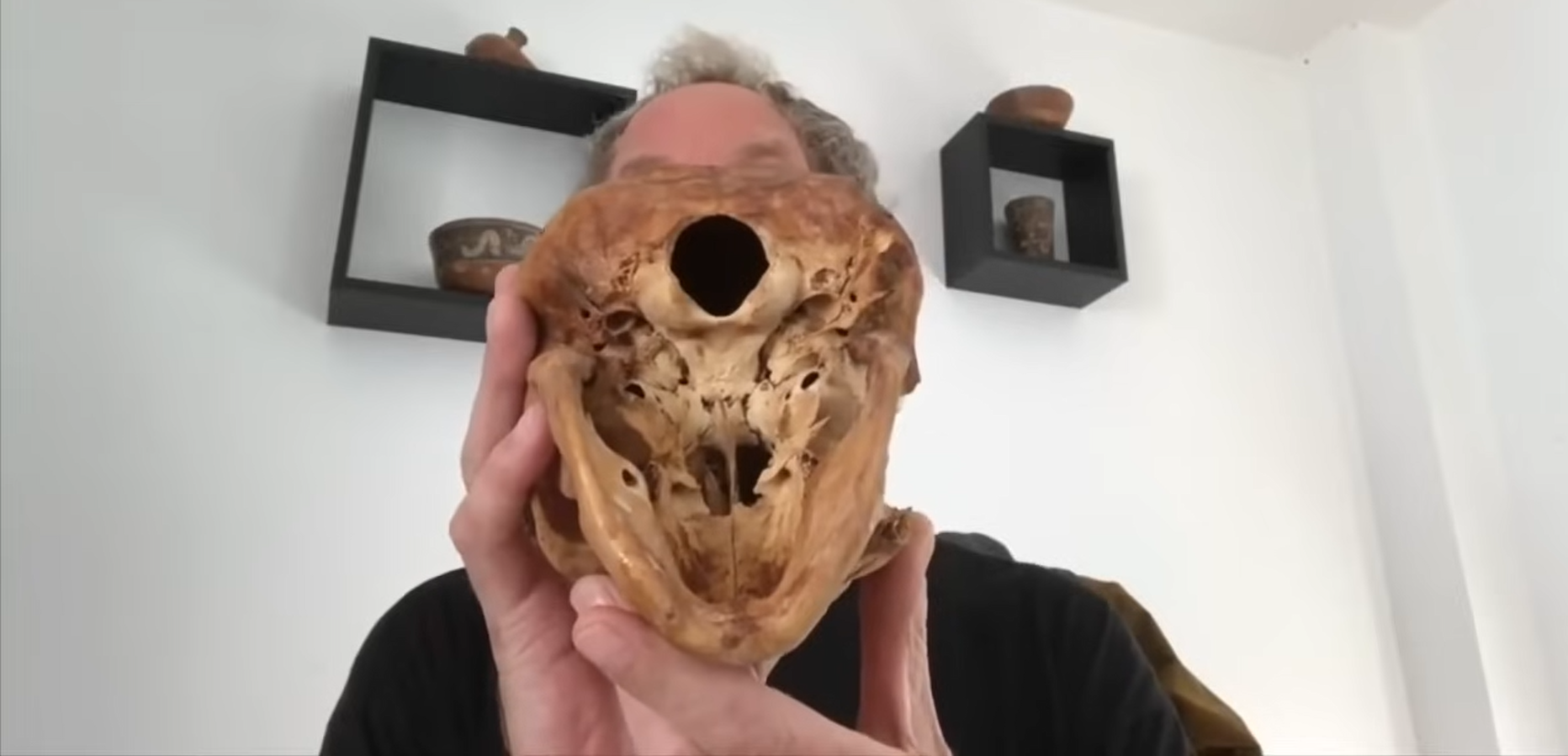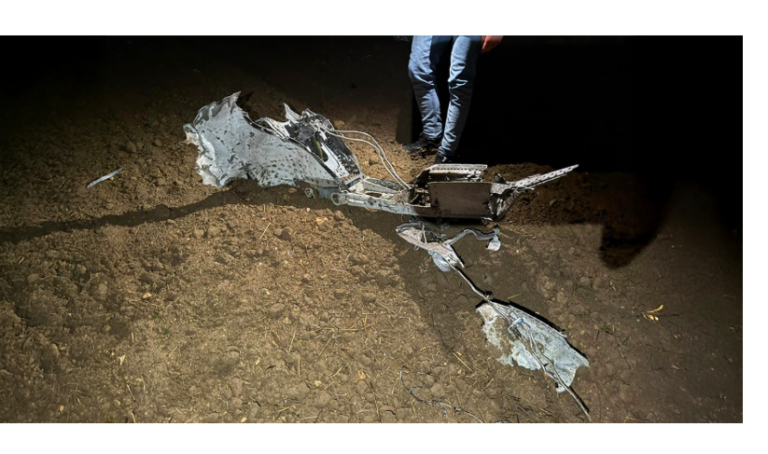The elongated skulls of Paracas in Peru caused a stir in 2014 when a geneticist that carried out preliminary DNA testing reported that they have mitochondrial DNA “with mutations unknown in any human, primate, or animal known so far”.
A second round of DNA testing was completed in 2016 and the results almost as controversial – the skulls tested, which date back as far as 2,000 years, were shown to have European and Middle Eastern Origin.
It was claimed these surprising results would change the known history about how the Americas were populated. But did they?
The Discovery of the Paracas Skull Graveyard
Paracas is a desert peninsula located within Pisco Province on the south coast of Peru.
It is here where Peruvian archaeologist, Julio Tello, made an amazing discovery in 1928 – a massive and elaborate graveyard containing tombs filled with the remains of individuals with the largest elongated skulls found anywhere in the world.
These have come to be known as the ‘Paracas skulls’.
In total, Tello found more than 300 of these elongated skulls, some of which date back around 3,000 years.
Strange Features of the Paracas Skulls
It is well-known that most cases of skull elongation are the result of cranial deformation, head flattening, or head binding, in which the skull is intentionally deformed by applying force over a long period of time.
It is usually achieved by binding the head between two pieces of wood, or binding in cloth.
However, while cranial deformation changes the shape of the skull, it does not alter other features that are characteristic of a regular human skull.
Continue here: Ancient Origins
Ask me anything
Explore related questions





